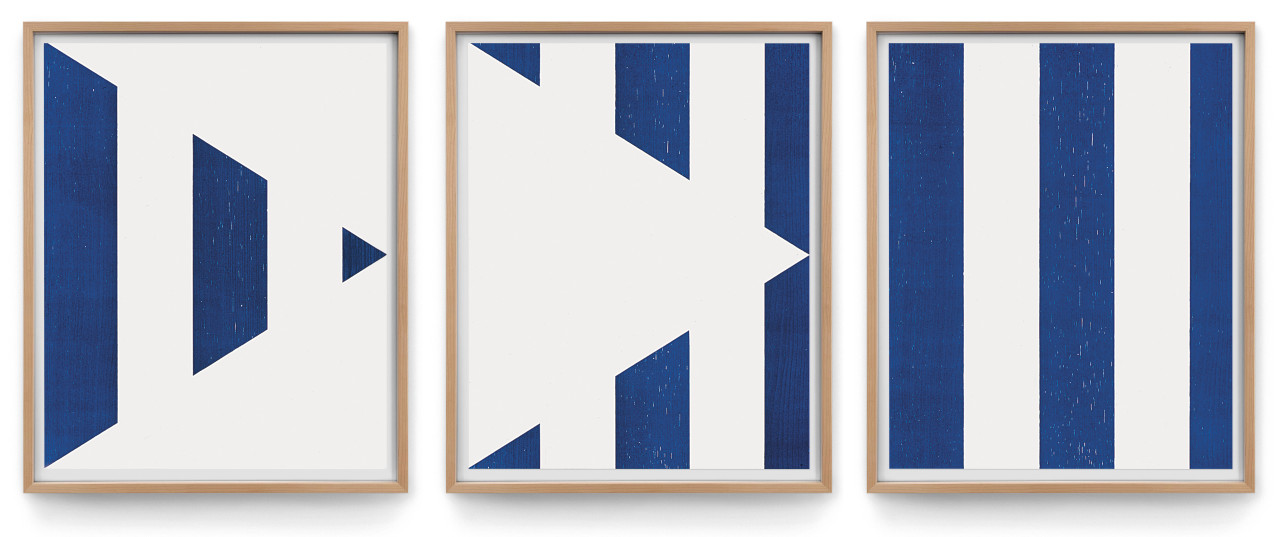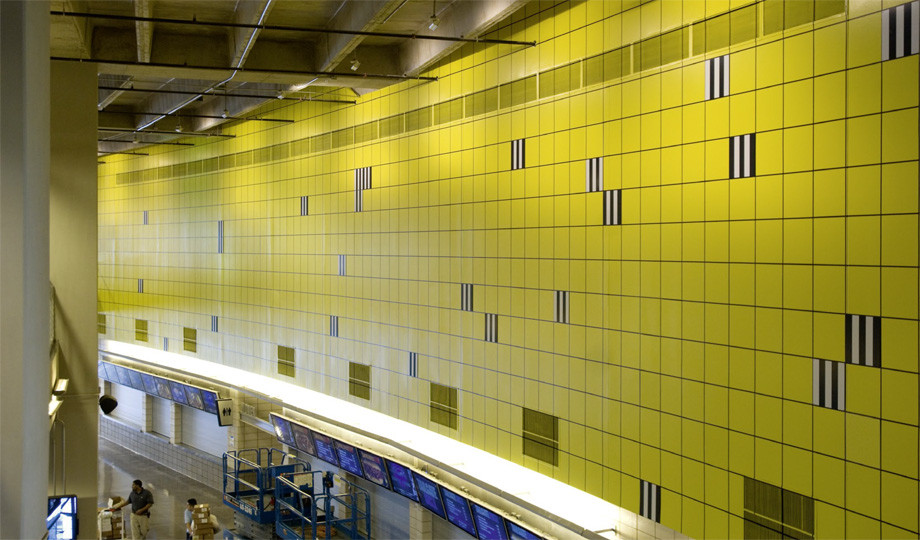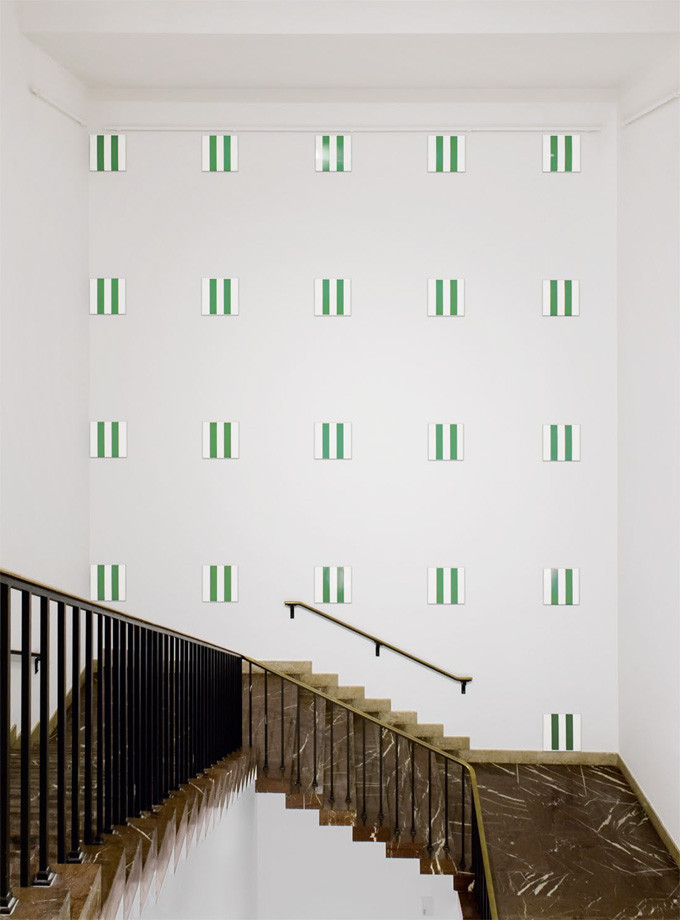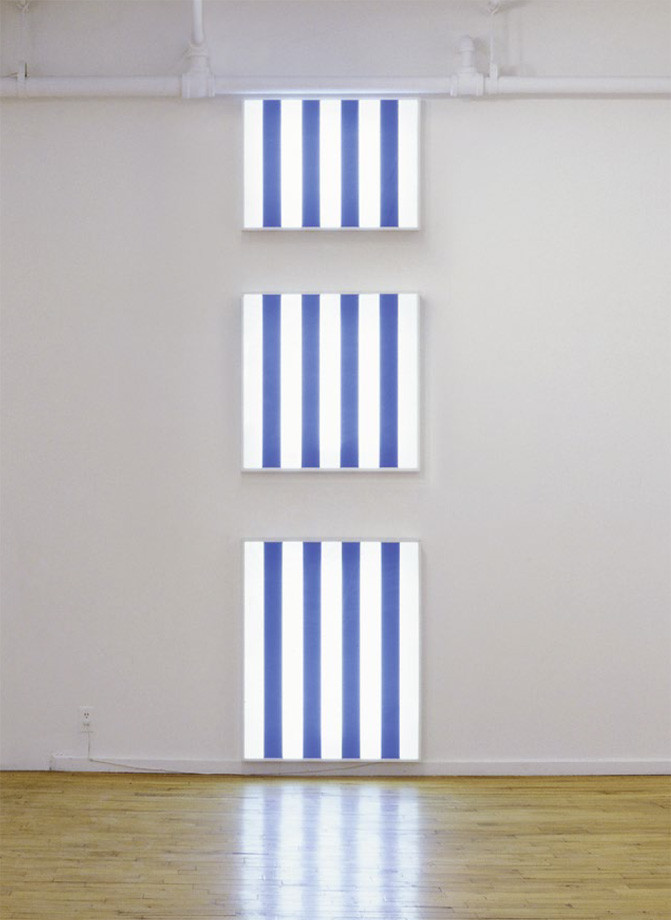Daniel Buren
Daniel Buren, born 1938 in Boulogne-Billancourt (France), lives and works in Paris. At the end of the 1960s, Buren rejected painting as a "spiritual illustration". After a period of intense scrutiny of the nature of contemporary artist, Buren's preeminent theme became the dependence of an artworks on its place of realization. Endeavoring to employ in his works a formal element as devoid of meaning or reference as possible, Daniel Buren chose to use a striped canvas awning material, with a consistent stripe width of 8.7 cm. The specificity of this pattern is not meant to be construed as content but rather as "visual tool", a means to other ends. Buren installs his works worldwide in situ – in galleries, museums, exhibitions such as documenta and the Venice Biennale, and numerous public spaces.
Daniel Buren Editions
![Daniel Buren Editions 2021/2025 [Table Top Installations] Daniel Buren Editions 2021/2025 [Table Top Installations]](https://www.schellmannart.com/storage/media/9091/conversions/Daniel_Buren_2025_Titel_1_1_thumbnail-thumbnail-big.jpg)
[Table Top Installations]
2021/2025
![Daniel Buren Editions 2021/2025 [Table Tops] Daniel Buren Editions 2021/2025 [Table Tops]](https://www.schellmannart.com/storage/media/9219/conversions/Daniel_Buren_2025_Titel_3_5_1_Thumbnail-thumbnail-big.jpg)
[Table Tops]
2021/2025
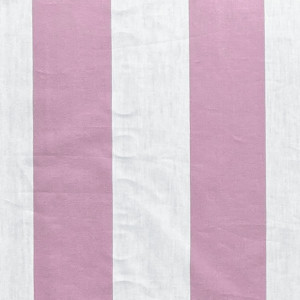
Démultiple
2017
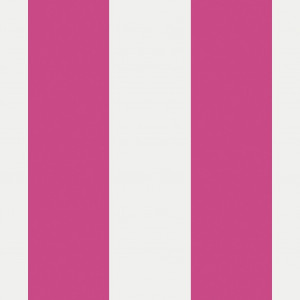
Untitled
2009
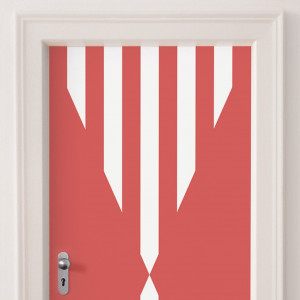
Untitled (Door)
2006
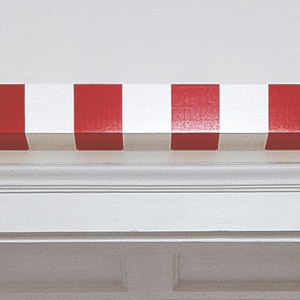
La barre haute (travail situé)
2001

1 + 2 = 3 (Triptych)
1998
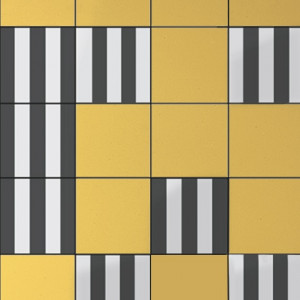
Unexpected Variable Configurations: A Work in Situ
1998
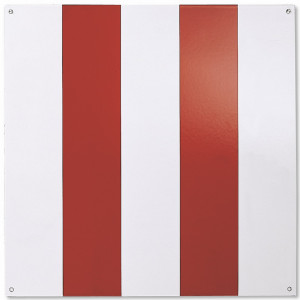
Twenty-Five Enamel Plates
1993
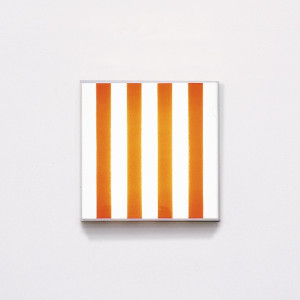
Three Light Boxes for One Wall
1989
[Table Top Installations]
2021/2025
From Table Tableau
Installation of three table tops (HPL coated wooden boards), 95.7 x 200.1 x 4.35 cm each; to be installed within a grid drawn on a wall according to the artist’s instructions. Edition of 15 (+ 2 A.P.) unique three-part works, stamped and numbered by the artist on the accompanying artist’s certificate.
Each installation of this edition by Daniel Buren is unique in color and geometric pattern, with individual titles reflecting the specific combination of both:
Arrow Yellow RAL 1028 / X Yellow RAL 1018 / Wave Pink RAL 3015 / Wave Gray RAL 7036 / V Frame Green RAL 6018 / Two Quarters Gray RAL 7015 / Two Arrows Violet RAL 4005 / Rhombus Green RAL 6021 / Rhombus Frame Blue RAL 5022 / Oval Purple RAL 4006 / Oval Frame Gray RAL 7030 / Diagonal Blue RAL 5005 / Convex Red RAL 3020 / Concave Blue RAL 5012 / V Orange RAL 2004
Installation: Beginning at the bottom left of a wall, the wall is to be covered with a grid of horizontal table top formats, with a distance of 8.7 cm (equal to the width of the stripes) between them. The grid is to be visibly drawn with a carbon stick. Once completed, the three table tops may be hung onto any empty field, in any configuration and in any horizontal orientation of the boards.
EUR 28,000
[Table Tops]
2021/2025
From Table Tableau
Table top. HPL coated wooden board, 95.7 x 200.1 x 4.35 cm, to be placed on trestles. Edition of 15 (+ 2 A.P.) unique works, stamped and numbered by the artist on the accompanying artist’s certificate.
Each table top of this edition by Daniel Buren is unique in color and geometric pattern, with individual titles reflecting the specific combination of both:
Arrow Yellow RAL 1028 / X Yellow RAL 1018 / Wave Pink RAL 3015 / Wave Gray RAL 7036 / V Frame Green RAL 6018 / Two Quarters Gray RAL 7015 / Two Arrows Violet RAL 4005 / Rhombus Green RAL 6021 / Rhombus Frame Blue RAL 5022 / Oval Purple RAL 4006 / Oval Frame Gray RAL 7030 / Diagonal Blue RAL 5005 / Convex Red RAL 3020 / Concave Blue RAL 5012 / V Orange RAL 2004
EUR 9,000
Démultiple
2017
Awning cloth, acrylic paint, approx. 50 x 210 cm. Edition of 30, each unique, numbered on verso, with certificate by the artist.
Each unique piece of this edition by Daniel Buren is to be hung in its original position, i.e. at an identical height and position on a chosen wall surface.
The certificate contains a picture of the complete piece with a handwritten entry by Buren, which marks each unique piece (numbered 1-30) in its original position.
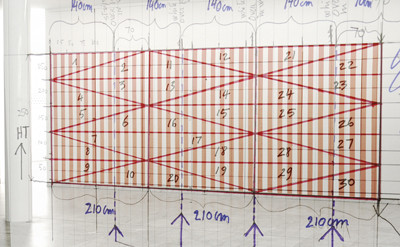
EUR 6,000
Untitled
2009
From Forty Are Better Than One
10-part leporello, digital pigment print (Ditone) on 188 g Hahnemühle Photo Rag paper, 250 x 32 cm (98½ x 12½ in). Edition: 75, stamped and hand-numbered by the artist.
Daniel Buren contributed this edition to the group project Forty Are Better Than One: as a special edition of Edition Schellmann's catalogue raisonné to mark the gallery's 40th anniversary.
EUR 2,000
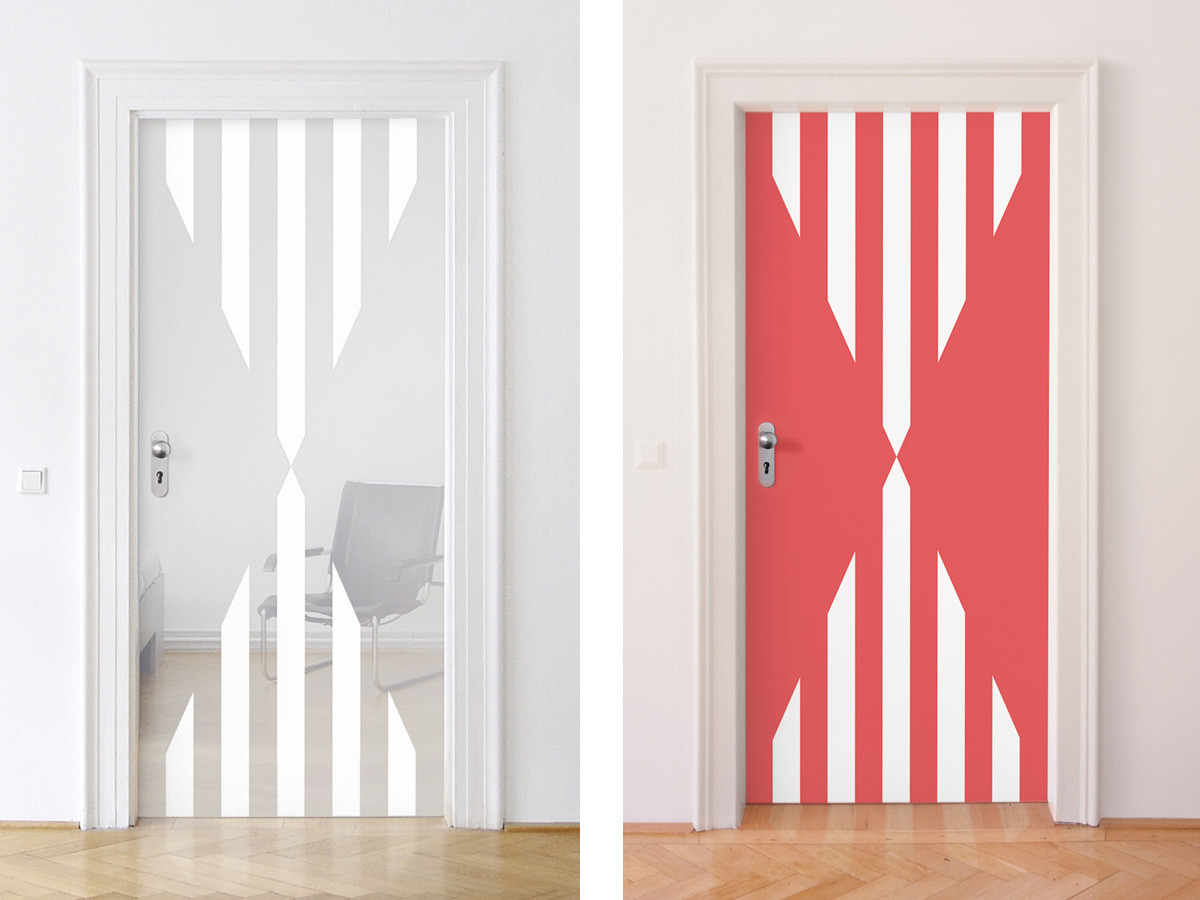
Untitled (Door)
2006
From Door Cycle
Glass door with translucent and opaline foil concealed between two sheets of security glass. Sizes vary with installation in architecture. Example shown here: 220 x 95.7 cm (86½ x 37½ in). Edition: 15, each unique in color and/or size, signed and numbered on separate label.
For over thirty years, Daniel Buren has produced works that make direct reference to the space in which they are installed. He was one of the first to use the term "in situ" to describe his artistic practice. At the end of the 60s, Buren turned his back on painting and declared 8.7 cm vertical colored and white stripes to be the vocabulary of his artist. Buren sees this pattern of stripes a visual tool which as a signifier that can be reproduced and that does not have its own meaning inscribes and questions all the variable sites of meaning. Since then his examination of the aesthetic, social, economic, and political frames for contemporary artist have been the theme of his works. According to the artist's conceptual ideas, this edition, Untitled (Door), must be shown or installed in real architecture functioning as a door connecting or dividing two rooms.
La barre haute (travail situé)
2001
Wood, painted, size 8.7 x 78.3 x 8.7 cm (3¾ x 30¾ x 3¾ in). Stamped and hand numbered by the artist on separate certificate. Edition of 25, each piece unique in color.
Daniel Buren's edition La Barre Haute is accompanied by instructions that stipulate that the work must be installed centrally above a door frame. Through this fixed specification, Buren emphasizes not only the artwork itself, but also its relationship to its surroundings. The installation is only completed through its placement in the room, actively involving the owner in the creative process. Installed above a door, La Barre Haute interacts with the architecture and is visually reminiscent of signage that directs the viewer's gaze upwards. Thus, the work encourages a conscious perception of everyday signs and symbols and blurs the boundaries between art and everyday life.
1 + 2 = 3 (Triptych)
1998
From Sequences
Three-part woodcut on rag paper, 50 x 40 cm (19¾ x 15¾ in) each, available in red, green, blue or yellow. Edition of 60 + X, signed and numbered on certificate.
Buren follows a strict code of form based on the stripes of a classic awning fabric. A trivial pattern becomes worthy of art. Work 1 plus work 2 equals work 3. The spacing is that of a continuous sequence of 8.7 cm wide stripes and results in a stringent structure.
For 30 years, the vertical stripes of 8.7 cm width, have been the constant element in the works of Buren, who has systematically investigated their artistic potential in paintings, objects and most often, in site-specific public installations. The artist explains: "In the years 1965-1966, I found the striped fabric with which I could first execute a personal, later a radical criticism of the artworks – by reducing my own activities to something more or less desperate, more or less in vain."
Unexpected Variable Configurations: A Work in Situ
1998
From Wall Works
Wall painted in a color with hand-drawn grid and 25 aluminum plates, screenprinted graphite gray and white to be mounted on a wall. Plates: 43.5 x 43.5 cm each; installation size according to the wall. Limited to 15 installations, each unique in wall color, with a signed and numbered certificate.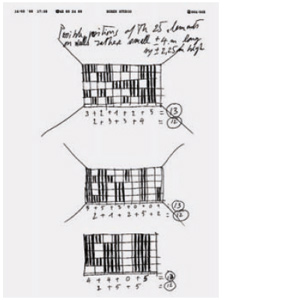
Twenty-Five Enamel Plates
1993
From Wall Works
25 steel plates, enameled in two colors, to be mounted on a wall. Plates 43.5 x 43.5 cm each; installation size according to the wall. Limited to 15 installations, each unique in color, with a signed and numbered certificate.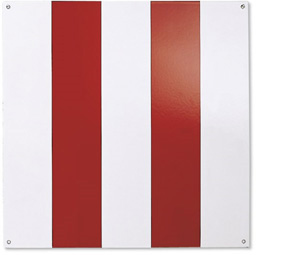
Three Light Boxes for One Wall
1989
3 electrical light boxes with silkscreen on Plexiglas. Sizes: 60 x 80 cm, 80 x 80 cm and 100 x 80 cm, respectively; each 8.5 cm deep (23½ x 31½ in, 31½ x 31½ in, and 39 x 31½ in; each 3½ in deep). Signed and numbered on label. Edition of 15, each work unique in color.
This edition by Daniel Buren is to be mounted in the center of a wall, aligned vertically, with the edge of the bottom box touching the floor, the edge of the top box touching the ceiling and the center box being equidistant from the top and bottom boxes; the sequence of the differently sized boxes is to be chosen by the owner.
![Daniel Buren 2021/2025 [Table Top Installations] Daniel Buren 2021/2025 [Table Top Installations]](https://www.schellmannart.com/storage/media/9067/conversions/daniel-buren-2021-2025-table-15-unique-variations-optimized.jpg)
![Daniel Buren 2021/2025 [Table Tops] Daniel Buren 2021/2025 [Table Tops]](https://www.schellmannart.com/storage/media/9087/conversions/daniel-buren-2021-2025-table-15-unique-variations-optimized.jpg)



